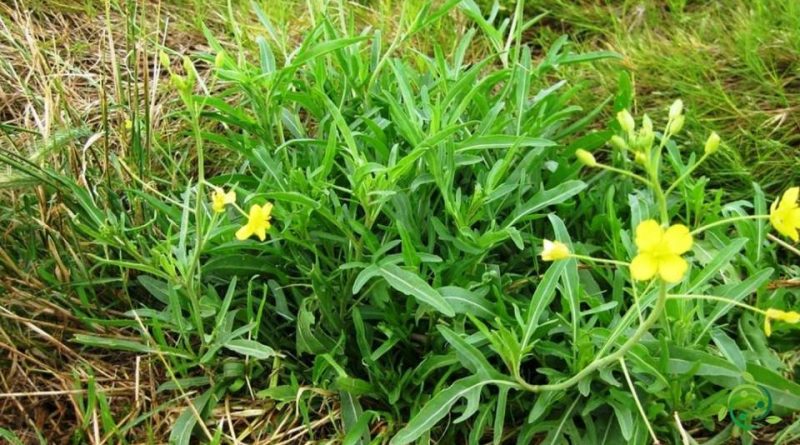How wild rocket is grown
How wild rocket is grown
The wild rocket (Diplotaxis tenuifolia (L.) DC.) is a perennial herbaceous plant of the Brassicaceae family.
This plant is native to central, southern and Mediterranean Europe. Very widespread in all regions of Italy and is common in ruderal and uncultivated places where it prefers calcareous soils.
This plant can be grown all year round, in sandy soil and in a sunny position up to 1000 m a.s.l.
Cultivation technique –
The wild rocket is a plant that multiplies with great ease, starting from seed, even spontaneously.
It is a plant that should be cultivated, if possible, in sandy, calcareous and sunny soils. To obtain a more constant production of leaves it is advisable to water and trim the plants frequently in order to prevent the plant from going into flower, thus keeping the leaves tender and very aromatic.
In fact, remember that the wild rocket blooms continuously, in the period between the months of May and October.
If the plant is harvested spontaneously it is advisable not to collect those that grow on the edge of the roads as the plant tends to accumulate pollutants and particulate matter and the plants that grow inside or on the edge of cultivated fields where a fertilization with nitrates.
These plants, even if more luxuriant and tender, tend to accumulate nitrates, which are compounds that are not too pleasant to our body.
For this reason, organic matter from natural fertilizers (mature manure, earthworm humus, compost, etc.) must be distributed in the soil before sowing.
Collection and storage –
The wild rocket must therefore be grown without the aid of synthetic fertilizers and the harvest can be scaled by always taking the most tender leaves, possibly using them as soon as they are harvested.
The leaves are used in the kitchen to give flavor to salads, omelettes, cheeses, pizzas, meat dishes.
These also have therapeutic properties: diuretic, astringent, vitaminizing, expectorant.
The best therapeutic properties derive from plants that grow spontaneously and in places far from inhabited centers and cultivated fields, if not organically.

